Vintage Afyon Kilim Rug 5' 3" x 8' 9" (63" x 105")
Type:
Kilim RugsCollection:
BaklavaID:
K0035978Size:
Material:
Design Elements
- Geometric Patterns: The rug features bold geometric shapes, primarily diamonds and rhombuses. These shapes symbolize protection and the balance of nature.
- Color Blocking: A variety of colors is used in sections, creating a visually dynamic effect. This technique emphasizes the contrast and harmony between different motifs.
- Symmetrical Layout: The arrangement of motifs is symmetrical, promoting a sense of order and stability, which is prevalent in traditional Turkic design.
Design Elements
- Geometric Patterns: The rug features bold geometric shapes, primarily diamonds and rhombuses. These shapes symbolize protection and the balance of nature.
- Color Blocking: A variety of colors is used in sections, creating a visually dynamic effect. This technique emphasizes the contrast and harmony between different motifs.
- Symmetrical Layout: The arrangement of motifs is symmetrical, promoting a sense of order and stability, which is prevalent in traditional Turkic design.
Colors
- Earth Tones: The dominant shades are earthy tones like beige, taupe, and soft browns, representing stability, comfort, and connection to the land.
- Pops of Color: Bright colors, particularly deep blues and soft pinks, stand out against the earth tones. Blue symbolizes spirituality and protection, while pink can signify joy and love.
- Gradient Effects: The rug exhibits subtle color gradations, showcasing the artisan's skill and enhancing visual interest.
Motifs and Their Symbolism
- Diamonds: Typically represent fertility and abundance in Kilim design, often associated with good fortune.
- Cross Symbols: Positioned at the center of the diamonds, these motifs symbolize protection and the belief in safeguarding the home from negative energies.
- Triangular Shapes: Seen on the fringes, these motifs symbolize mountains and strength, connecting the wearer to their ancestral roots and the natural world.
Summary
This vintage Kilim rug from Afyon, Turkey features a harmonious blend of geometric patterns and a rich palette of earth tones accented by vibrant hues. The main motifs, including diamonds and crosses, symbolize protection, fertility, and the balance of nature, creating a piece that is not only visually appealing but also steeped in cultural significance and symbolism.
- Ships in 1-4 business days
- Only one in stock, handmade, unique
- Free shipping via FedEx Express. Easy returns
- Contact us or add a note to your order if you want us to delay your shipping.
- Request more info if you want this rug shorter or narrower
Colors may appear slightly different across various monitors due to screen settings device differences, and external lighting conditions. If color accuracy is important for your space, we recommend viewing the rug on multiple devices or contacting us for a detailed color description. We can provide detailed photos and references using Sherwin-Williams, Benjamin Moore, Pantone, or even Crayola crayons.
You can also visualize most of our products in your own room with AR (augmented reality) on an iPhone or iPad.
Return Policy
Need a rug pad? We recommend RugPadUSA
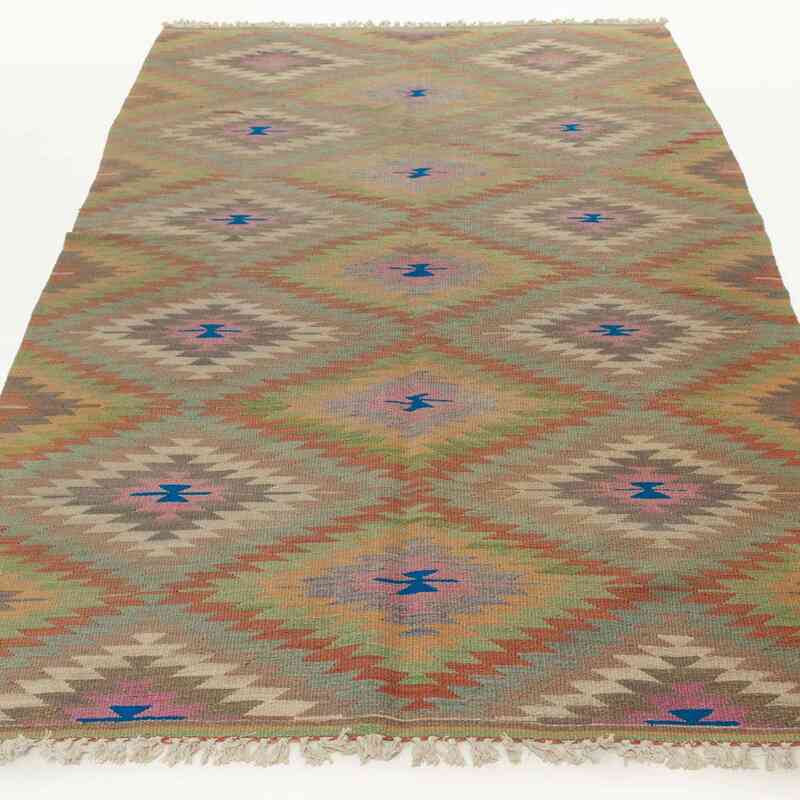
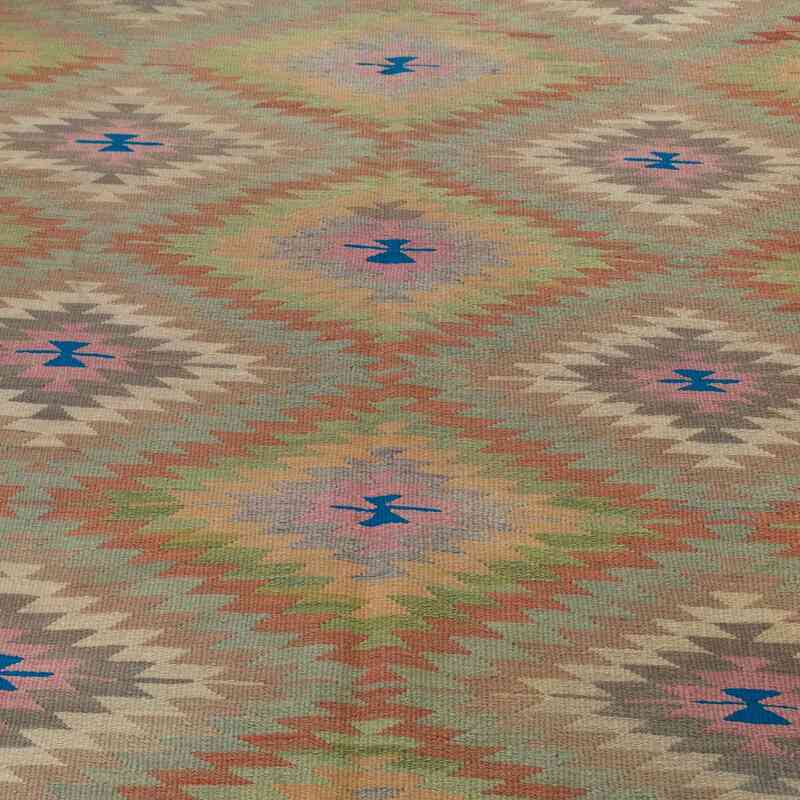
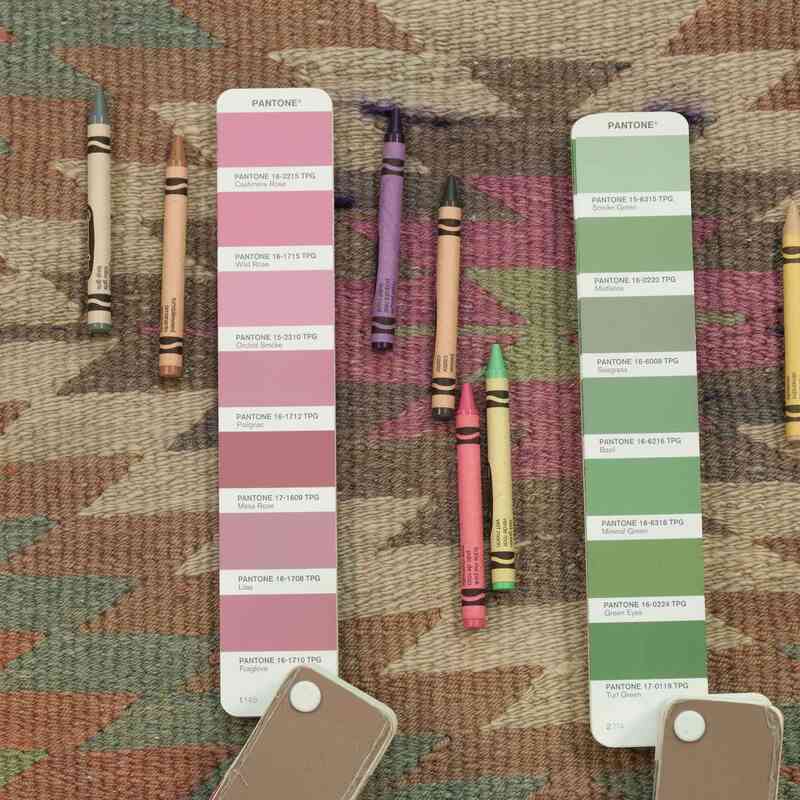
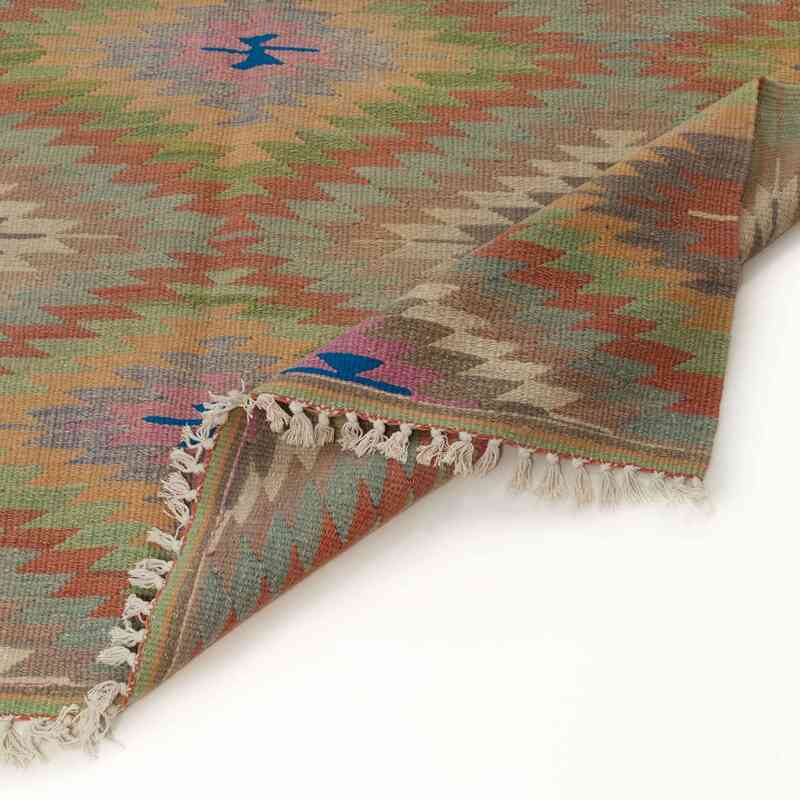
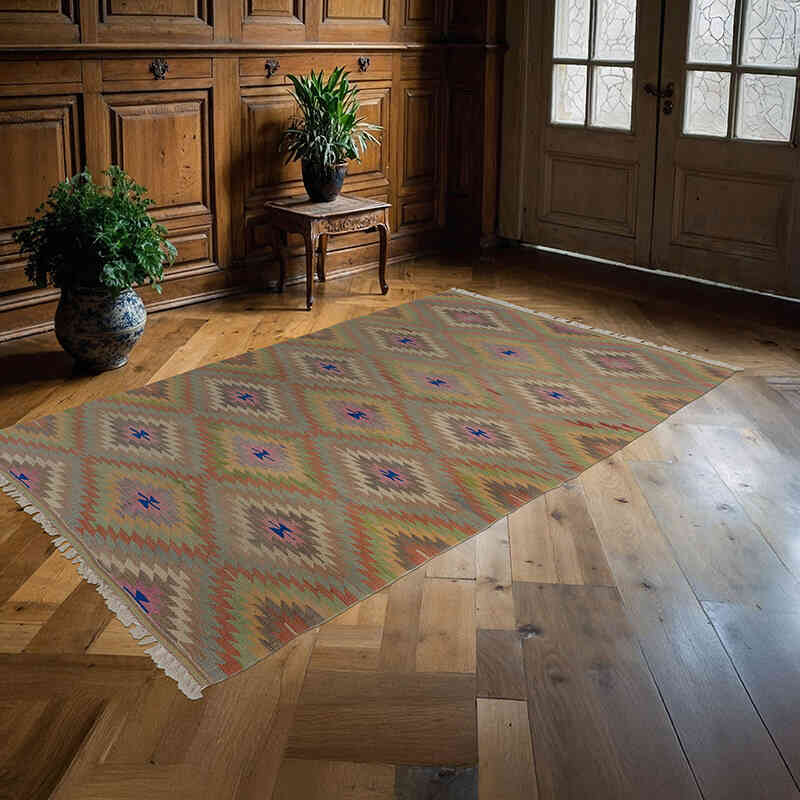
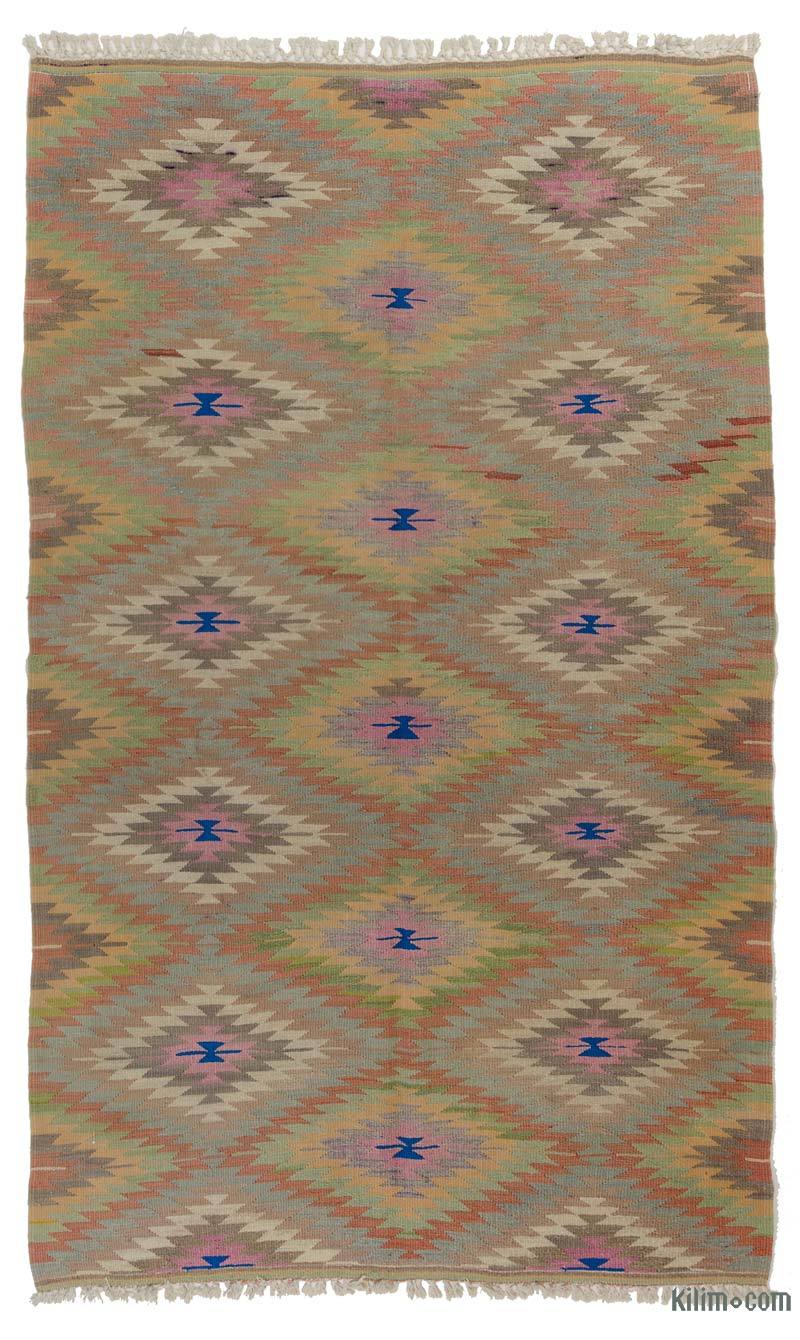
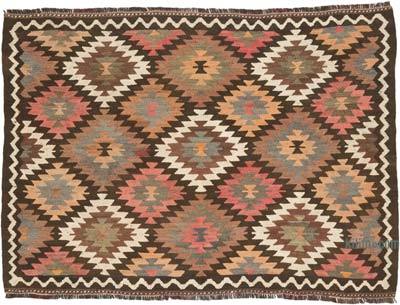

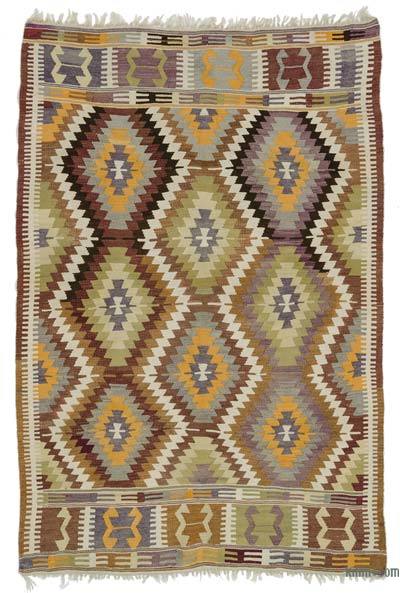
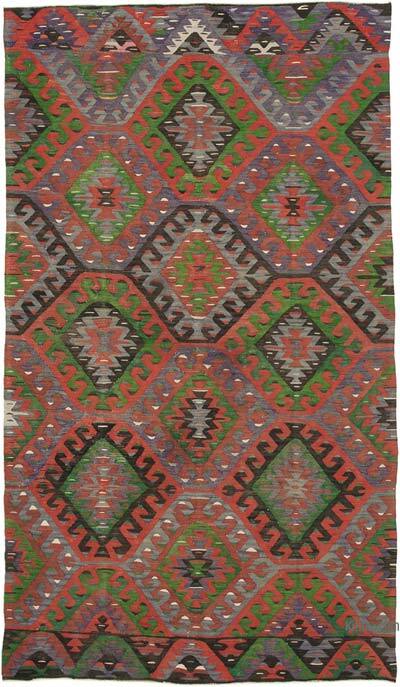
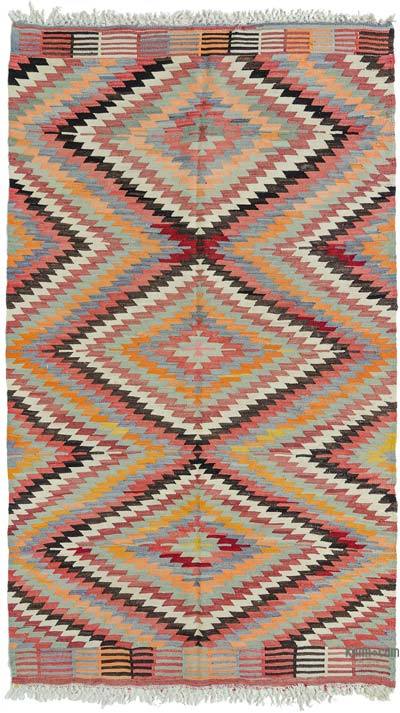
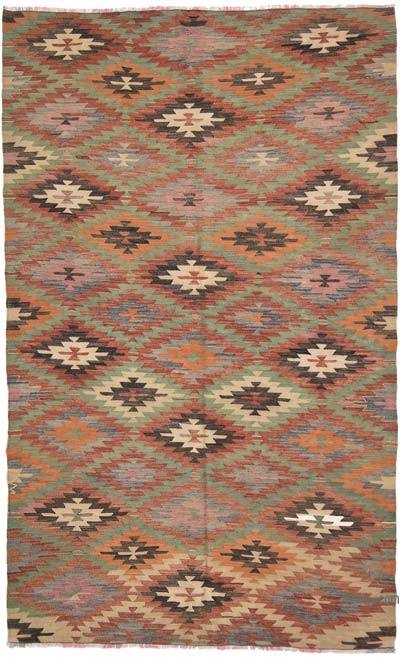
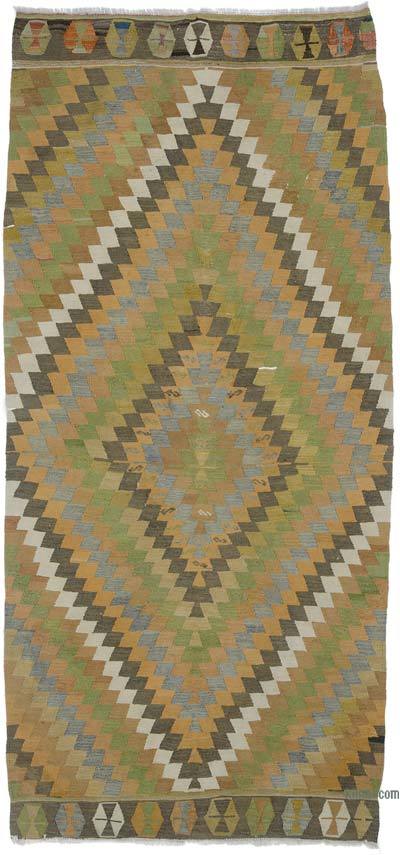
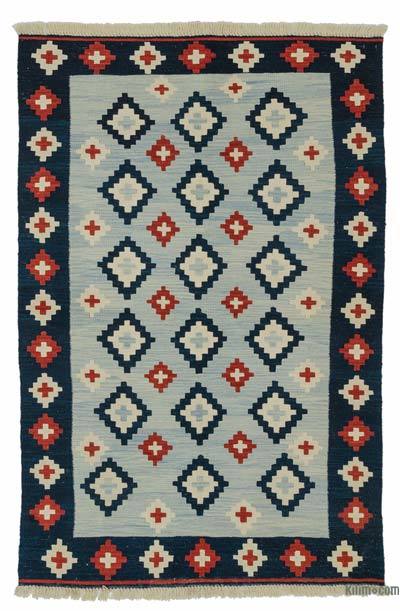

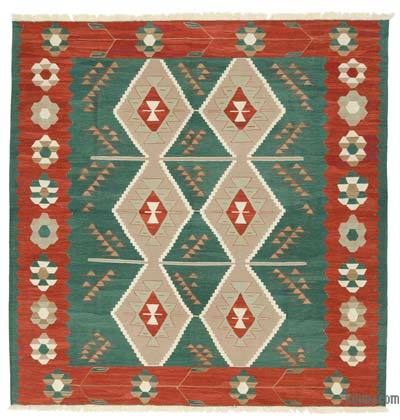

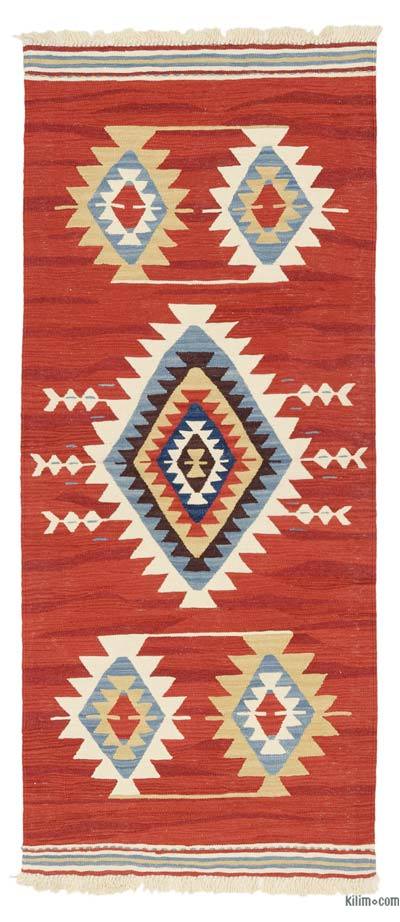
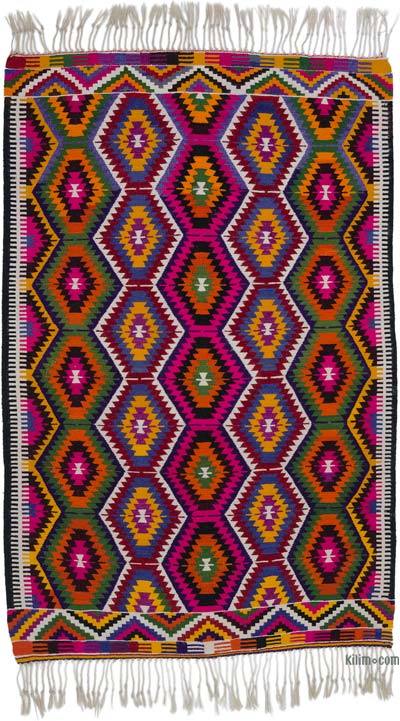
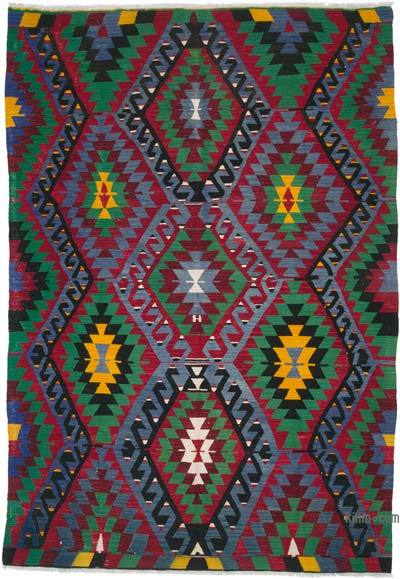
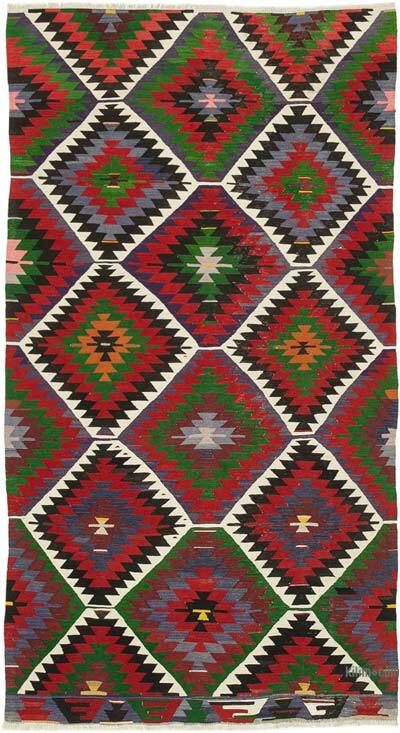
I bought a beautiful stool and the…